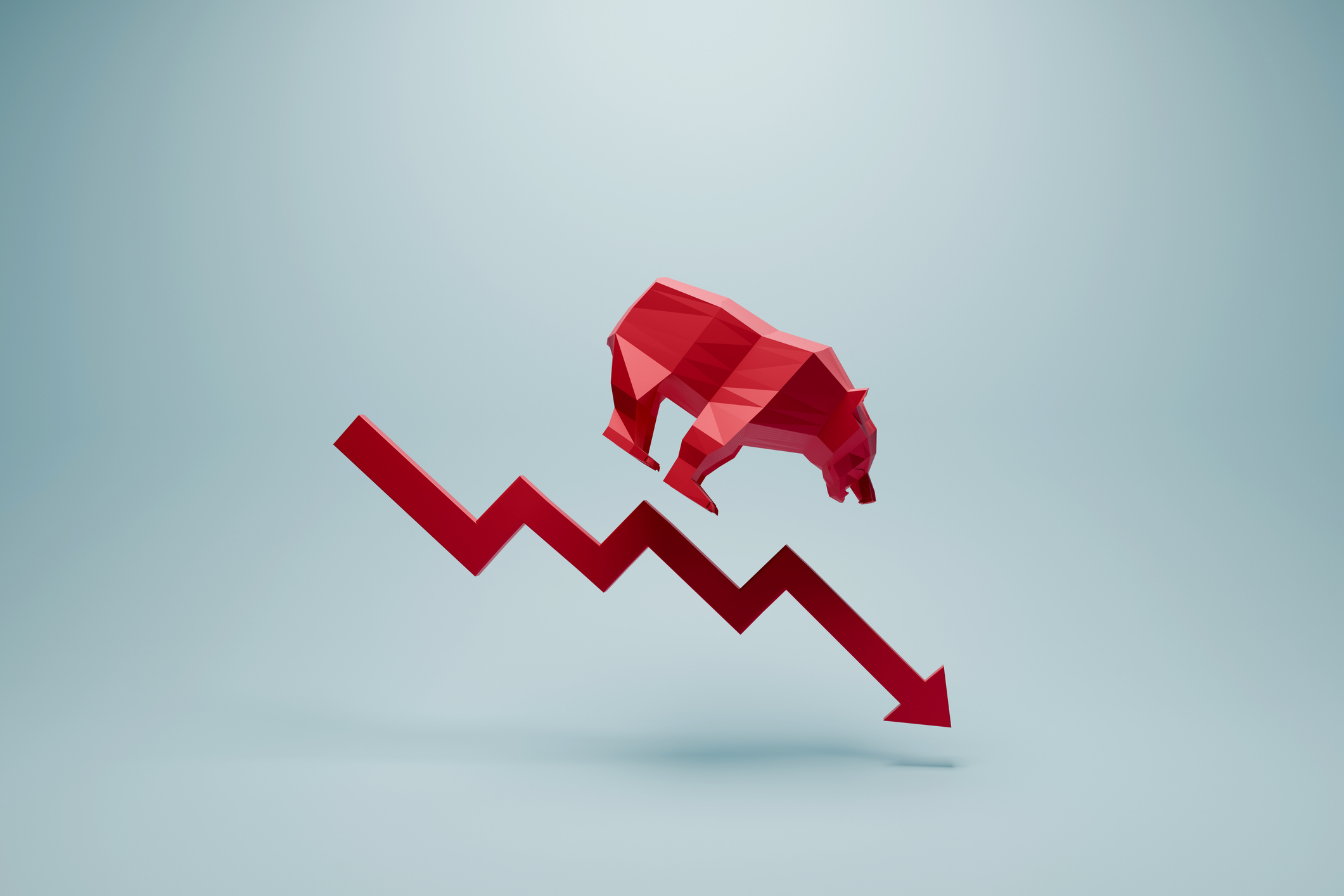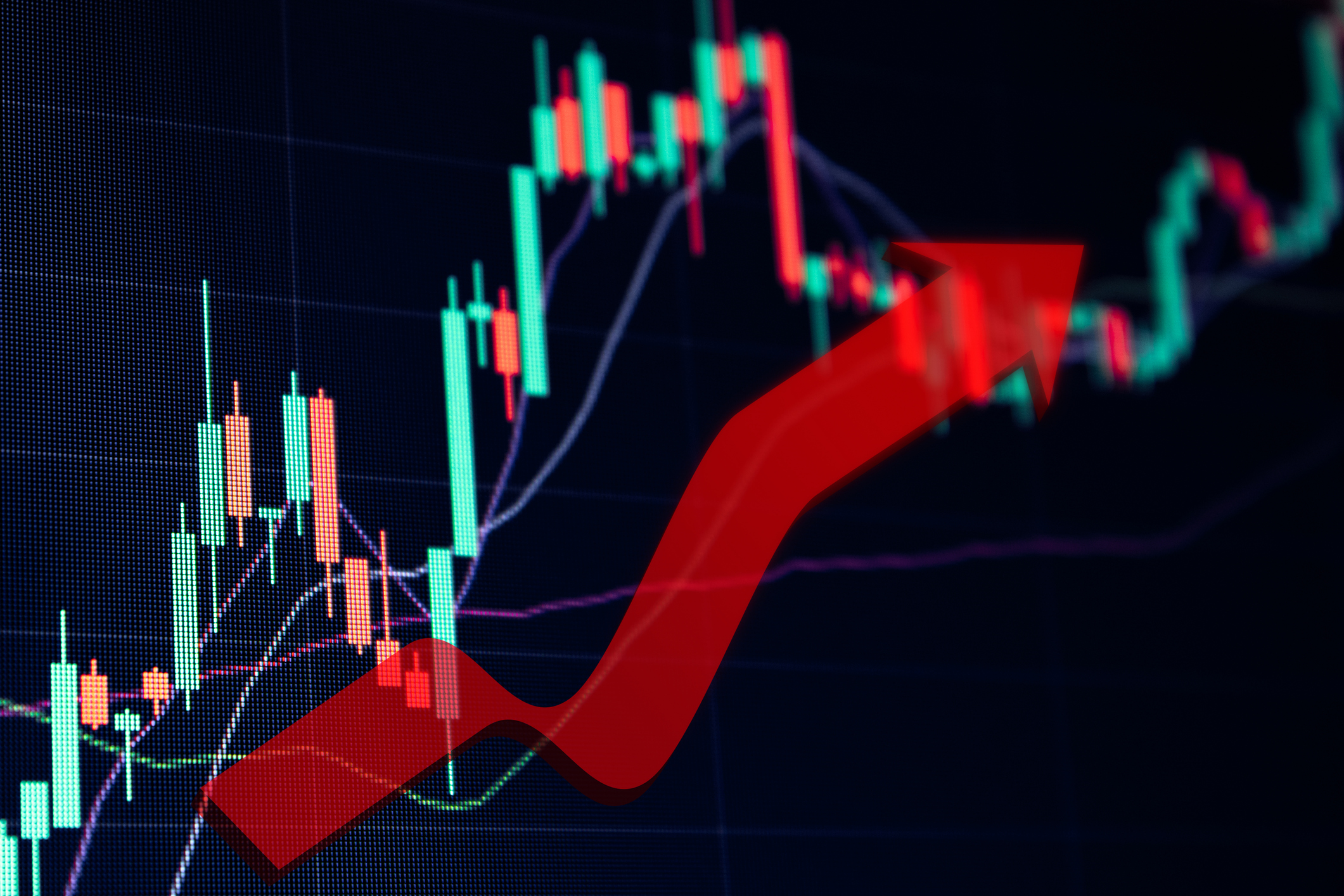The Four Best Investment Newsletters for Funds
All of my favorites have delivered superior risk-adjusted returns over the long haul.

Most investment newsletters are worthless. What’s worse, some are dangerous to your financial health. But a handful are first-rate. Thanks to the work of Mark Hulbert, editor of the Hulbert Financial Digest, who has been painstakingly tracking newsletter recommendations for 34 years, it’s possible to separate the gold from the dross.
Hulbert places a lot of weight on risk-adjusted returns of newsletters’ recommended portfolios. Risk-adjusted returns have more predictive value than raw returns, countless academic studies have shown. I discuss both raw and risk-adjusted returns below.
For this article, I’ve relied heavily on Hulbert’s rankings. But in picking the four best fund newsletters for you, the investor, I’ve also considered other factors. If a newsletter doesn’t give logical reasons for recommending some funds over others, you’re unlikely to stick with it. Similarly, you’re not likely to stay with a newsletter that’s hard to understand and whose recommendations are hard to implement. No-Load Mutual Fund Selections & Timing is Hulbert’s top performer over the past 10 and 15 years, but I find it difficult to follow.

Sign up for Kiplinger’s Free E-Newsletters
Profit and prosper with the best of expert advice on investing, taxes, retirement, personal finance and more - straight to your e-mail.
Profit and prosper with the best of expert advice - straight to your e-mail.
With that in mind, I list my four favorite letters below. All of the letters publish monthly, but they e-mail updates to their clients more frequently. The cost for a one-year subscription is listed, but be sure to check the letter’s Web site for specials. All returns are for the past 15 years through October 31, unless Hulbert doesn’t have data stretching back that far.
Fidelity Investor has returned an annualized 7.8% over the past 15 years, an average of 3.2 percentage points per year better than Standard & Poor’s 500-stock index. It ranks fourth among the 25 fund newsletters Hulbert has tracked that long and fourth on a risk-adjusted basis. The letter’s picks have, in aggregate, been about 15% less volatile than the S&P 500.
Editor Jim Lowell offers solid investment advice amid a sea of nautical metaphors. His five portfolios hold funds an average of 1½ years. Lowell wins special kudos for performing well even though he limits his picks to Fidelity funds, which have been only so-so performers in recent years. The letter costs $100 a year.
Dan Wiener, editor of the Independent Adviser for Vanguard Investors, has built his success largely by investing in—of all things—Vanguard’s actively managed funds. Vanguard’s low costs give him a huge advantage. But so does his fund selection, which includes a longtime overweight in health care stocks. As befits a newsletter that recommends Vanguard funds, Wiener eschews market timing and, on average, holds funds nearly four years. Over the past 15 years, the letter’s portfolios have returned an average of 7.2% annualized, beating the S&P 500 by 2.7 percentage points per year and doing so with 15% less volatility than the index. In terms of absolute returns, the letter ranks sixth on Hulbert’s list; on a risk-adjusted basis, it ranks fifth. The letter costs $100 annually.
Jim Stack’s InvesTech Research newsletter, whose motto is “safety first,” is no stranger to readers of this column. His mix of fundamental and technical indicators strikes me as well thought out. Thanks to some awesome market calls, InvesTech’s recommendations have returned an annualized 8.7% over the past 15 years--an average of 4.1 percentage points better than the S&P. Over those years, the letter ranks number three among the 25 fund letters Hulbert has followed that long. The letter’s recommendations have been one-third less volatile than the S&P index, helping propel InvesTech to the number-two ranking in Hulbert’s universe on a risk-adjusted basis. The letter mostly uses exchange-traded funds, which stay recommended for two years, on average. The letter costs $175 annually.
Morningstar Fund Investor draws on about 100 Morningstar analysts for its selections. Over the past five years, it has returned an annualized 11.2%, an average of 5.5 percentage points less than the S&P 500. But the letter has exhibited just two-thirds of the volatility of the index. On a risk-adjusted basis, it ranks number six among the 47 letters Hulbert has tracked for at least five years. It ranks number 16 based on raw returns.
Editor Russ Kinnel recently discontinued the letter’s model portfolios. Instead, the letter will continue to offer its analysts’ gold-rated funds—an approach that has produced market-beating returns.
If you decide to subscribe to a newsletter, resolve to stick with it for at least two or three years. Any newsletter can have a bad year, and short-term returns aren’t predictive of anything.
Steve Goldberg is an investment adviser in the Washington, D.C., area.
Get Kiplinger Today newsletter — free
Profit and prosper with the best of Kiplinger's advice on investing, taxes, retirement, personal finance and much more. Delivered daily. Enter your email in the box and click Sign Me Up.

-
 Stock Market Today: Stocks Gain on Tech, Auto Tariff Talk
Stock Market Today: Stocks Gain on Tech, Auto Tariff TalkThe Trump administration said late Friday that it will temporarily halt tariffs on some Chinese tech imports.
By Karee Venema
-
 Sam's Club Plans Aggressive Expansion: Discover Its New Locations
Sam's Club Plans Aggressive Expansion: Discover Its New LocationsSam's Club expansion plans will open up to 15 new stores each year. Learn where they plan to open in 2025.
By Sean Jackson
-
 Stock Market Today: Stocks Gain on Tech, Auto Tariff Talk
Stock Market Today: Stocks Gain on Tech, Auto Tariff TalkThe Trump administration said late Friday that it will temporarily halt tariffs on some Chinese tech imports.
By Karee Venema
-
 Stock Market Today: Stocks Surge to Close a Volatile Week
Stock Market Today: Stocks Surge to Close a Volatile WeekIt was another day with a week's worth of both news and price action, but it ended on a strongly positive note.
By David Dittman
-
 Stock Market Today: Uncertainty Proliferates: Dow Loses 1,014 Points
Stock Market Today: Uncertainty Proliferates: Dow Loses 1,014 PointsWeaker-than-expected consumer inflation data wasn't enough to stabilize sentiment during another volatile day for financial markets.
By David Dittman
-
 Stock Market Today: Tariff Pause Triggers 3,000-Point Dow Rally
Stock Market Today: Tariff Pause Triggers 3,000-Point Dow RallyThe bond market is sending concerning signals as the Trump administration executes its rapid reordering of global trade relationships.
By David Dittman
-
 Stock Market Today: Tariff Talks Drive Another Up-and-Down Day
Stock Market Today: Tariff Talks Drive Another Up-and-Down DayTrade war negotiations are happening, but the "fear gauge" is gyrating, and investors, traders and speculators are still searching for signs of a bottom.
By David Dittman
-
 Stock Market Today: Trump Pushes Dow Into 2,600-Point Swing
Stock Market Today: Trump Pushes Dow Into 2,600-Point SwingTariffs and trade war weigh on prices across global financial markets, with little light at the end of the tunnel.
By David Dittman
-
 Stock Market Today: Dow Drops Another 2,231 Points to Hit a Correction
Stock Market Today: Dow Drops Another 2,231 Points to Hit a CorrectionThe Nasdaq Composite, meanwhile, entered a new bear market with its latest slide.
By Karee Venema
-
 Stock Market Today: Dow Dives 1,679 Points on Trump Tariff Shock
Stock Market Today: Dow Dives 1,679 Points on Trump Tariff ShockU.S. stocks lost roughly $3.1 trillion in market cap on Thursday – the biggest one-day decline since the start of the COVID-19 pandemic in March 2020.
By Karee Venema